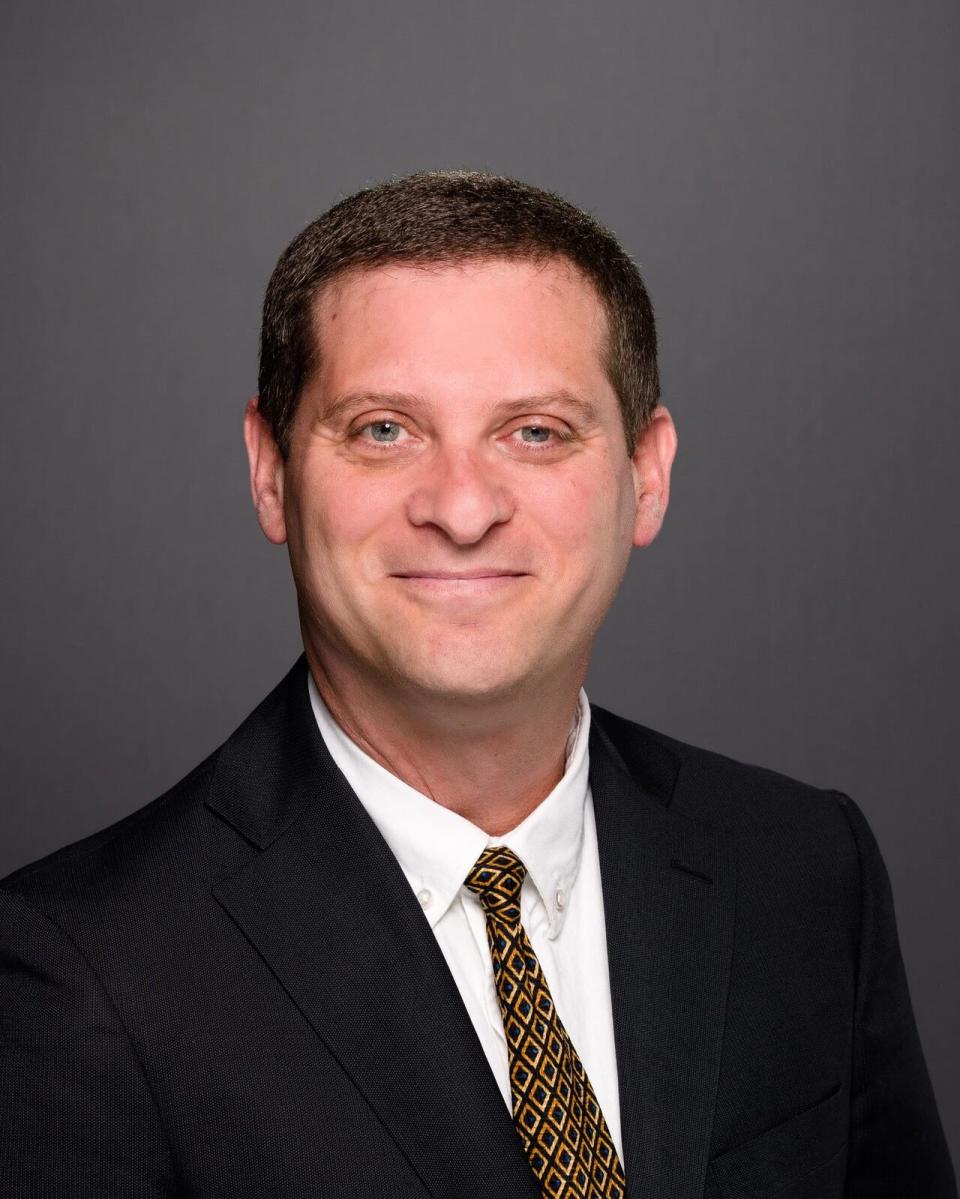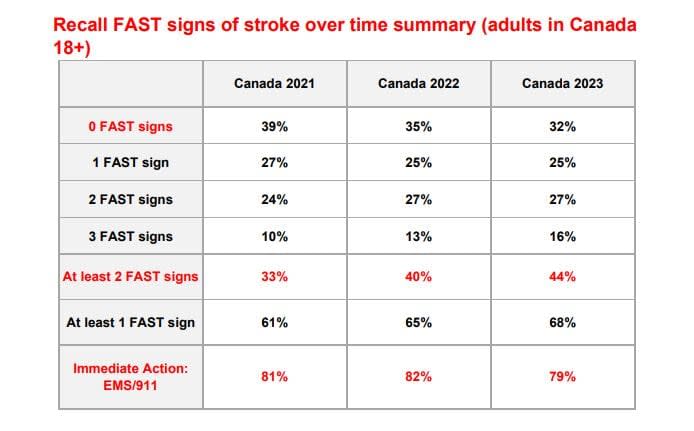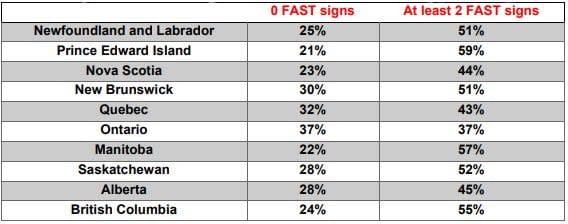Quick care after stroke is vital, as this man learned. But poll finds Ontarians aren't so aware of the signs
Carmi Levy was a physically active 46-year-old in August 2013 when he suffered a stroke.
During a long bike ride on a hot summer day, he twisted his neck while making a U-turn, which at first triggered a strong headache. Things escalated a few hours later while he was back at home.
"I collapsed and you know, from that point forward ... it was pretty obvious to me that something was significantly wrong because as I collapsed, I could feel myself going down, almost like an elevator," said Levy, a technology journalist from London, Ont.
He said he couldn't feel or move his right side, and could only speak monosyllabically.
Levy's wife, a teacher, had been trained in stroke awareness and recognized what was happening. She told their kids to dial 911.

Receiving quick treatment, as Levy did, is crucial for stroke patients, medical experts say.
But when it comes to identifying signs that someone is suffering a stroke — and needs emergency care — new polling suggests the majority of people in Ontario have a long way to go.
A Heart and Stroke survey released Tuesday, during stroke awareness month in June, found just 37 per cent of those polled in the province were able to recognize at least two of the elements of FAST, the acronym-based campaign the foundation launched a decade ago to spread awareness.
It stands for:
● Face: Is it drooping?
● Arms: Can you raise both?
● Speech: Is it slurred or jumbled?
● Time to call 911 right away.
Ontario also had the highest percentage of respondents who couldn't identify any signs of a stroke, at 37 per cent, according to the survey.
That's "really concerning given that 40 per cent of all strokes [in Canada] are happening in Ontario," said Patrice Lindsay, Heart and Stroke's lead for stroke best practices strategy.
Across Canada, 44 per cent of respondents could name two or more signs — a figure the foundation says has roughly doubled over the last decade.

The survey comes as stroke numbers are rising in this country, including among younger people. A Heart and Stroke-funded study found there were more than 108,000 strokes per year among Canadians — equivalent to one stroke about every five minutes.
Lindsay, who suffered a stroke herself at age 38, said time is of the essence in stroke care because the brain gets deprived of oxygen and nutrients due to a blockage or leak in a blood vessel somewhere in the body.
"The brain cells start to die at 1.9 million brain cells a minute and then it affects your function, like your movement, your speech, you know, your muscles in your face, your balance, your vision," she said.
"All those things can be affected and the longer you wait, the less likely that we'll be able to reverse those changes and they may become permanent."

Dr. Michael Hill, a neurologist with the Calgary Stroke Program, said there's been progress across Canada in co-ordinating stroke services and improving care, resulting in better outcomes for patients. But, he said, the first step is raising public awareness.
"Time is brain when it comes to stroke and everyone has a role to play. It starts with someone recognizing the signs of stroke and calling 911," Hill said in a news release.
The fact that I got care so quickly within that window, that golden window of opportunity, means that my recovery was fairly straightforward. - Carmi Levy
The polling revealed there are also differences among populations when it comes to stroke sign awareness, with women and older Canadians performing better. Awareness was lower among newcomers and people with South Asian, Black and Indigenous backgrounds, along with some other communities.
"And that's very concerning because those populations tend to have a higher risk of stroke overall," Lindsay said.
When it comes to preventing strokes to begin with, Heart and Stroke says up to 80 per cent of strokes can be avoided through living a healthy lifestyle.
"High blood pressure is ... the biggest risk factor for stroke. So know your numbers," said Lindsay, who says efforts like brisk walking and trying to reduce your consumption of fast and processed foods can make a big difference.
'Golden window of opportunity'
In Levy's case, he learned from doctors that he had torn an artery as he manoeuvred his bike on that August day and it led to his stroke.
After receiving immediate care, he's made a near complete recovery. More than a decade later, he has some difficulty with balance but says he dodged a bullet.
"The fact that I got care so quickly within that window, that golden window of opportunity, means that my recovery was fairly straightforward," Levy said.
The Heart and Stroke poll on stroke sign awareness was released Tuesday, June 4, 2024. The poll, completed by Environics Research Group, surveyed 3,846 Canadian residents between Nov. 29 and Dec. 31, 2023. The sample size was 785 for Ontario. Respondents were selected from an online panel and the results were weighted to reflect census data.


